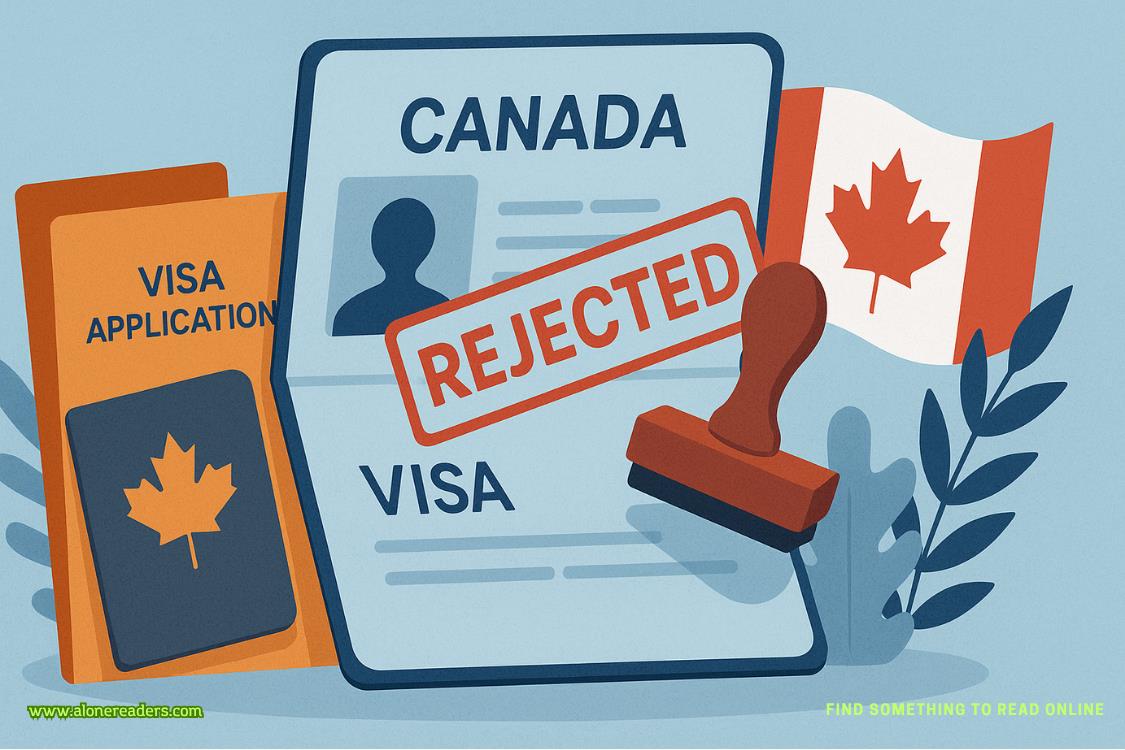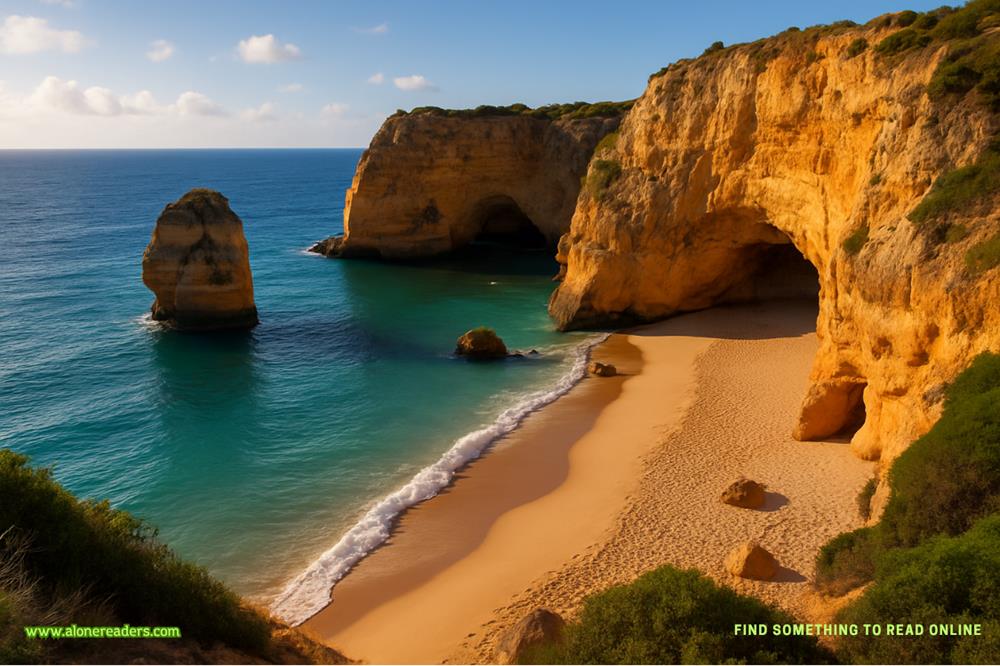"On our way." He clicked off, and the professional mask slid back into place. "Rain check on lunch?"
I nodded, grateful for the return to safer ground, even as part of me mourned the loss of that brief, normal moment. "The electrical system modifications could indicate—"
"James." He stopped me with a hand on my arm, the touch brief but warm through my jacket. "The offer stands. For when we finish here."
Something in his voice made it clear he meant more than lunch. I swallowed hard, retreating behind my tablet. "We should check the circuit box. The pattern suggests—"
"Of course. After you, Dr. Reynolds."
We moved toward the northeast corner, professional roles firmly back in place. But something had shifted, like a chemical reaction transforming familiar elements into something new and potentially volatile. I tried to focus on the evidence and maintain professional distance.
Still, I couldn't entirely forget how he'd said, "Sometimes you need someone to remind you to look up from the data." Or how, for the first time in years, I found myself wanting to see what I might discover if I accepted an invitation.
The circuit box looked pristine against the scorched wall—too pristine. My gloves came away with a fine gray powder that spoke of electrical arcing hot enough to vaporize copper.
Barrett's flashlight beam caught the distinctive crystalline structure where the metal had literally boiled away, leaving behind patterns that reminded me too much of the Harrison case and flesh transformed by impossible heat.
The military-grade thermal paste around the connections still held its shape—someone had understood exactly how much pressure to apply, like a surgeon making that first perfect incision.
I tried to focus on the technical details rather than the nausea rising in my throat, or how Marcus's presence at my shoulder made every nerve-ending fire with an awareness of what this killer could do to human tissue.
"See here?" I traced the air near a set of modifications. "The connections have been altered to create a delayed power surge. Not enough to show as a cause of fire in initial investigations, but—"
"But enough to guarantee the sprinkler system wouldn't activate even if the power stayed on." Marcus leaned closer, his breath warm against my ear. "They're playing with failsafes."
"Not playing." Familiar patterns clicked into place, causing tingles at the base of my spine. "These modifications follow the same principles as surgical cauterization. The power surge mimics controlled tissue destruction. They're treating the building like a body."
Barrett made a small sound of distress. Marcus shifted subtly, angling his body to block her view of the evidence. The protective gesture shouldn't have affected me as much as it did.
He delivered an order. "Barrett, check in with Torres about those accelerant readings." She nodded gratefully and retreated, leaving us alone in the corner of the warehouse.
"Someone with medical knowledge," Marcus said quietly. "Someone who understands both electrical systems and human anatomy."
I forced myself to look at the evidence objectively. "The technical precision suggests professional training, but the artistic elements..." I paused, something niggling at my memory. "It's not only an installation. They want them to be documented—preserved."
Marcus was very still beside me.
"The photos in my locker."
I turned to find his expression had hardened. He pulled a sealed evidence bag from his tactical vest. Inside was a cream-colored envelope with precise, artistic typography.
"The morning of the fire, someone left a detailed log of my training in my locker. In the margins were sketches of the burn patterns in this fire," Marcus said, his voice low. "Every swim, every run, every detail of my routine for the past month. The same font style as these photos they left this morning."
He fanned out a few photographs—crisp, professional shots of him swimming at dawn, running along the Burke-Gilman Trail, and transitioning between bike and run during a training session. Each image was composed like a technical study, capturing him mid-movement with surgical precision.
"See how they've documented each phase of motion?" Marcus traced the edge of one photo. "The burn patterns in the warehouse—they're doing the same thing. Breaking down movement, studying the structure, and creating a kind of... visual anatomy."
His fingers brushed the edge of a photo showing him emerging from Lake Washington, water droplets catching the pre-dawn light. "They're not only watching. They're collecting data or evidence of something."
"Of you," I said quietly. The realization settled between us—heavy, precise, like the carefully arranged evidence surrounding us.
A new level of understanding suddenly hit me. "They're creating a portfolio. The fires are just one element of a larger performance piece."
"With me as what? Their audience?"
"Their subject." My voice sounded distant to my own ears. "If they're taking photos like that, they're studying you with the same precision they use to create these fires. Learning your patterns and your movements. The photos aren't merely surveillance—they're composition studies."
A muscle worked in his jaw. "Like anatomical drawings."















